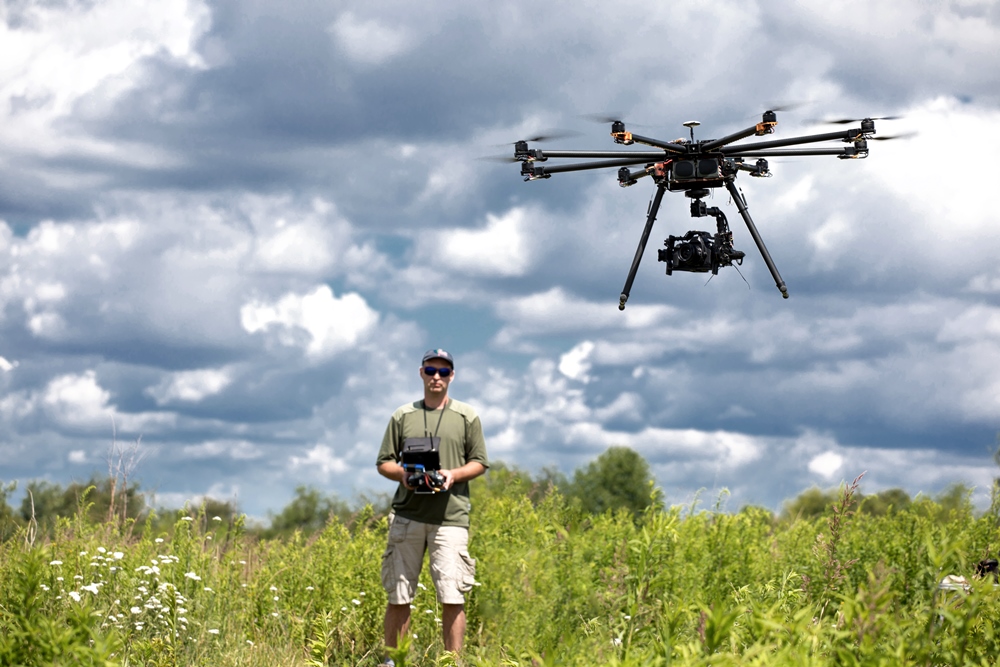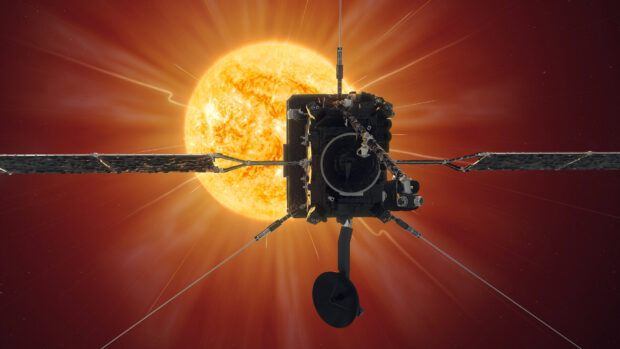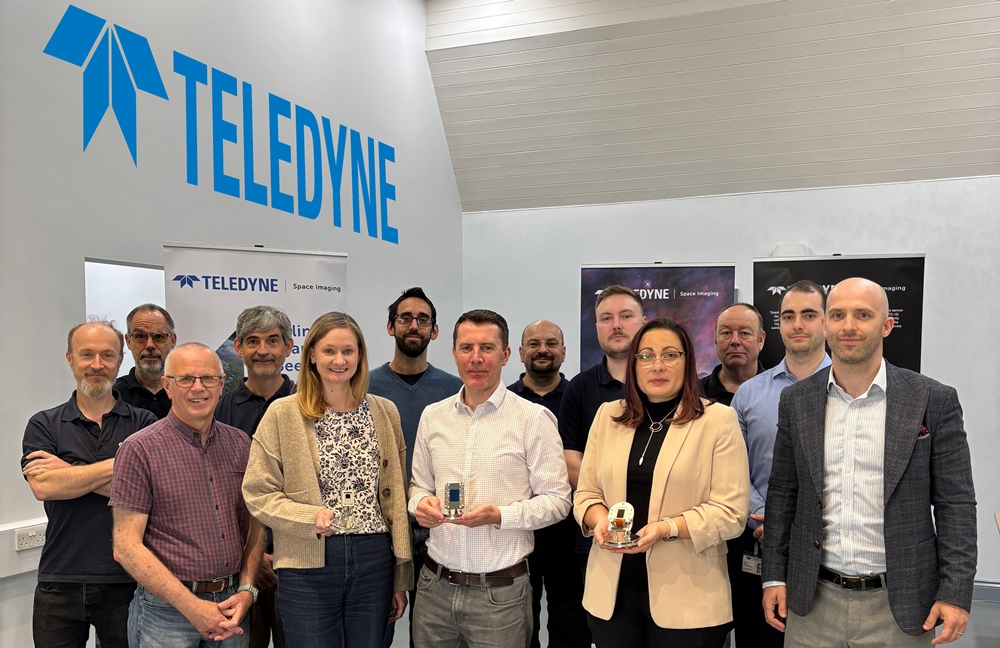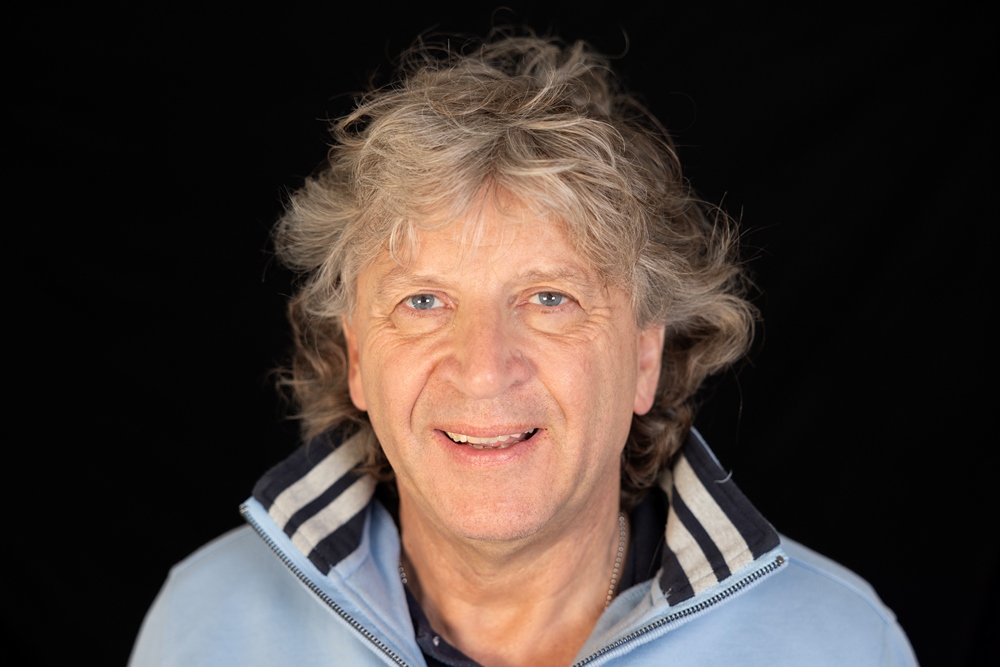Cobham pyrovalves powered precision of NASA Perseverance landing
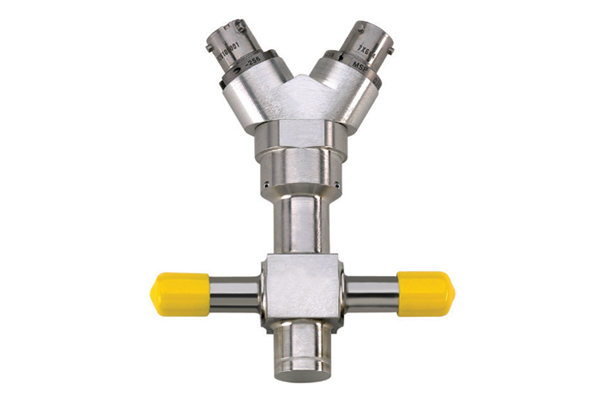
Above:
Cobham pyrovalve.
Courtesy Cobham
Cobham Mission Systems today revealed that its space pyrotechnic valves on the NASA Perseverance rover mission enabled an historically precise landing on Mars.
During the final minute of the flight, as the rover shifted from parachute to retrorockets to control the descent, eight pyrovalves fired precisely on cue. Opening instantaneously, the pyrovalves allowed exactly the fuel required to support a guided entry, descent and landing on Mars, which placed the rover within the targeted landing ellipse.
“Cobham Mission Systems is so proud to support NASA’s Jet Propulsion Laboratory with proven space propulsion solutions that power Mars exploration,” said Craig Ryan, integrated product team director for Space Systems at Cobham Mission Systems. “We have a long heritage of providing space technologies, starting with the design of John Glenn’s breathing regulator used in the world-famous Project Mercury flight in 1962. Nearly sixty years later, we are delighted to play a role in the successful Perseverance rover Mars landing. Congratulations to the NASA JPL team and all involved.”
An essential component of space vehicle and satellite propulsion systems, pyrovalves ensure the isolation of combustion products, releasing fuel whenever (and only when) it is required. For the seven-month Perseverance rover flight, the Cobham Mission Systems pyrovalves were locked closed, to safely isolate fuel until the final minutes of the journey. By releasing needed fuel on cue, the pyrovalves enabled precise navigation and landing of the Perseverance rover into the scientifically rich location selected by NASA scientists.
More than forty years ago, Cobham developed the first 'metal-to-metal' seal pyrovalve and nearly 60 years ago, Cobham Mission Systems provided the breathing regulator John Glenn used in the world-famous Project Mercury flight in 1962.
Cobham Mission Systems pyrovalves are compatible with NASA Standard Initiators and NSI equivalents and are fully flight qualified.
During the final minute of the flight, as the rover shifted from parachute to retrorockets to control the descent, eight pyrovalves fired precisely on cue. Opening instantaneously, the pyrovalves allowed exactly the fuel required to support a guided entry, descent and landing on Mars, which placed the rover within the targeted landing ellipse.
“Cobham Mission Systems is so proud to support NASA’s Jet Propulsion Laboratory with proven space propulsion solutions that power Mars exploration,” said Craig Ryan, integrated product team director for Space Systems at Cobham Mission Systems. “We have a long heritage of providing space technologies, starting with the design of John Glenn’s breathing regulator used in the world-famous Project Mercury flight in 1962. Nearly sixty years later, we are delighted to play a role in the successful Perseverance rover Mars landing. Congratulations to the NASA JPL team and all involved.”
An essential component of space vehicle and satellite propulsion systems, pyrovalves ensure the isolation of combustion products, releasing fuel whenever (and only when) it is required. For the seven-month Perseverance rover flight, the Cobham Mission Systems pyrovalves were locked closed, to safely isolate fuel until the final minutes of the journey. By releasing needed fuel on cue, the pyrovalves enabled precise navigation and landing of the Perseverance rover into the scientifically rich location selected by NASA scientists.
More than forty years ago, Cobham developed the first 'metal-to-metal' seal pyrovalve and nearly 60 years ago, Cobham Mission Systems provided the breathing regulator John Glenn used in the world-famous Project Mercury flight in 1962.
Cobham Mission Systems pyrovalves are compatible with NASA Standard Initiators and NSI equivalents and are fully flight qualified.





